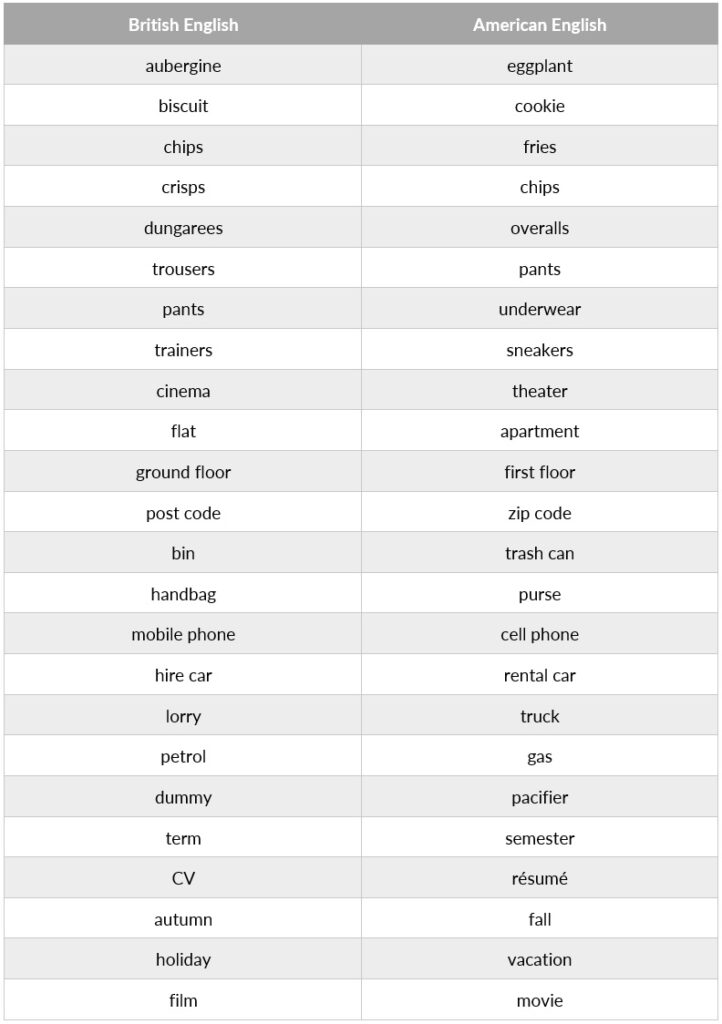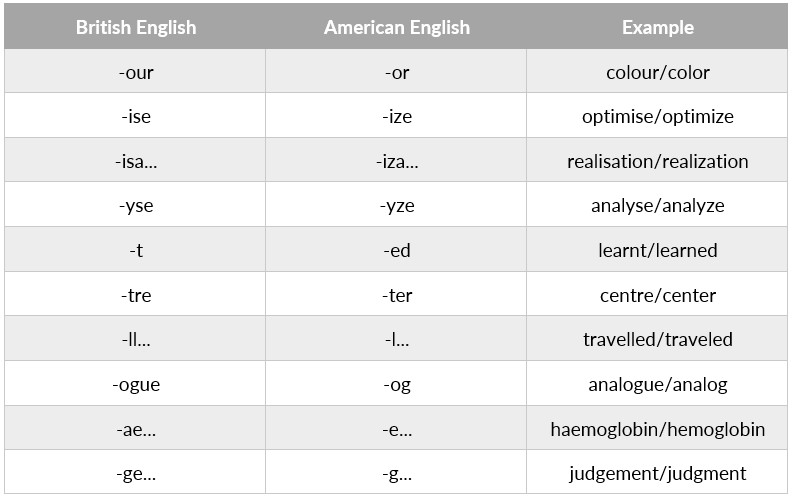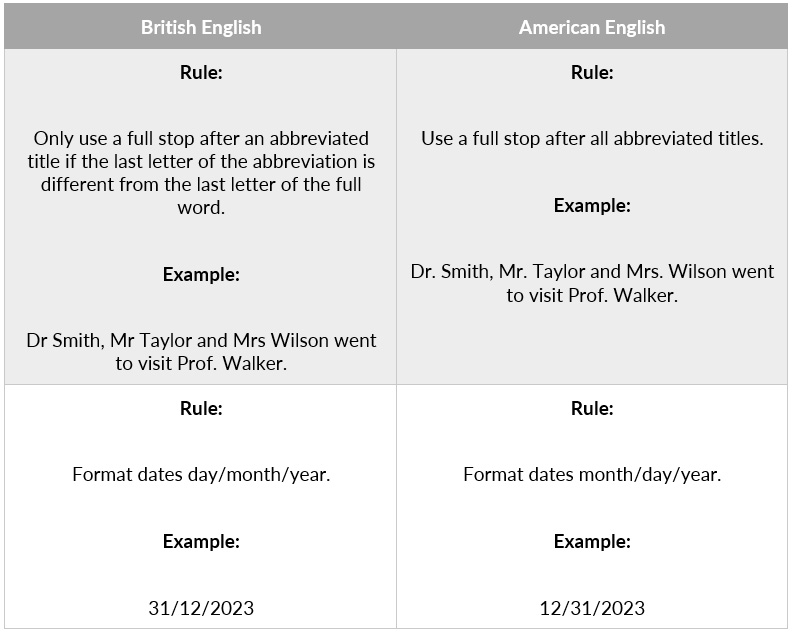
You may think that there aren’t many differences between British English and American English. They’re both English, right? What could be so different about them?
In actual fact, British English differs significantly from American English in terms of terminology, spelling, grammar and punctuation!
This means that if you have content on your American website, for example, you cannot just copy this over to your British website; you must make sure to localise it for the UK first.
In this blog post, we will delve into what makes British English and American English so different.
This is just a small portion of the useful advice given in my full-length guide to digital marketing in the UK, which has just been published. If you want to check out the full guide, click the image below!

1. Terminology
There are literally hundreds of terminology differences between British English and American English. The table below lists just a small handful of them:

2. Spelling
There are also some major spelling rule differences between British English and American English words:

3. Punctuation and formatting
There are also some punctuation and formatting differences between British English and American English:

How to create high-quality content for the UK market
When targeting the UK, make sure you adhere to British English terminology, spelling, grammar and punctuation. Using American English (for example if you decided to just re-use the copy on your US website) to target a British audience will give the impression that you do not really care about the UK market, since you cannot be bothered to communicate with them in their language, which would give a poor impression of your brand. It could also lead to confusion and misunderstandings, in the case of false friends or dates such as 01/02/2023, which could mean 1 February or 2 January, depending on the variety of English being used.
Due to the significant differences between British English and American English, translation, localisation and copywriting should always be done by a professional native British English speaker. Only a native will have a proper grasp of the local linguistic and cultural nuances and be able to create content that will truly resonate with your local British audience. Webcertain offers high-quality translation, localisation and copywriting services in British English, if you need help with this.
Want to learn more?
I hope this blog post has been a useful introduction to the differences between British English and American English. For more in-depth information and advice on digital marketing in the UK, read my full-length guide here! From reading this guide, you will learn:
- the current digital landscape in the country, including internet penetration rates
- the typical British internet user, including their gender, age and online activities
- device usage breakdowns and internet speeds in the UK
- search engine marketing in the UK
- how to localise your website for the UK
- social media marketing in the UK
- the local culture and language in the UK
- e-commerce in the UK
Elin Box
Latest posts by Elin Box (see all)
- 4 local e-commerce websites that are beating Amazon in 2024 - July 25, 2024
- Digital marketing in North America in 2024 - July 18, 2024
- Top 8 countries for time spent online in 2024 - July 11, 2024
